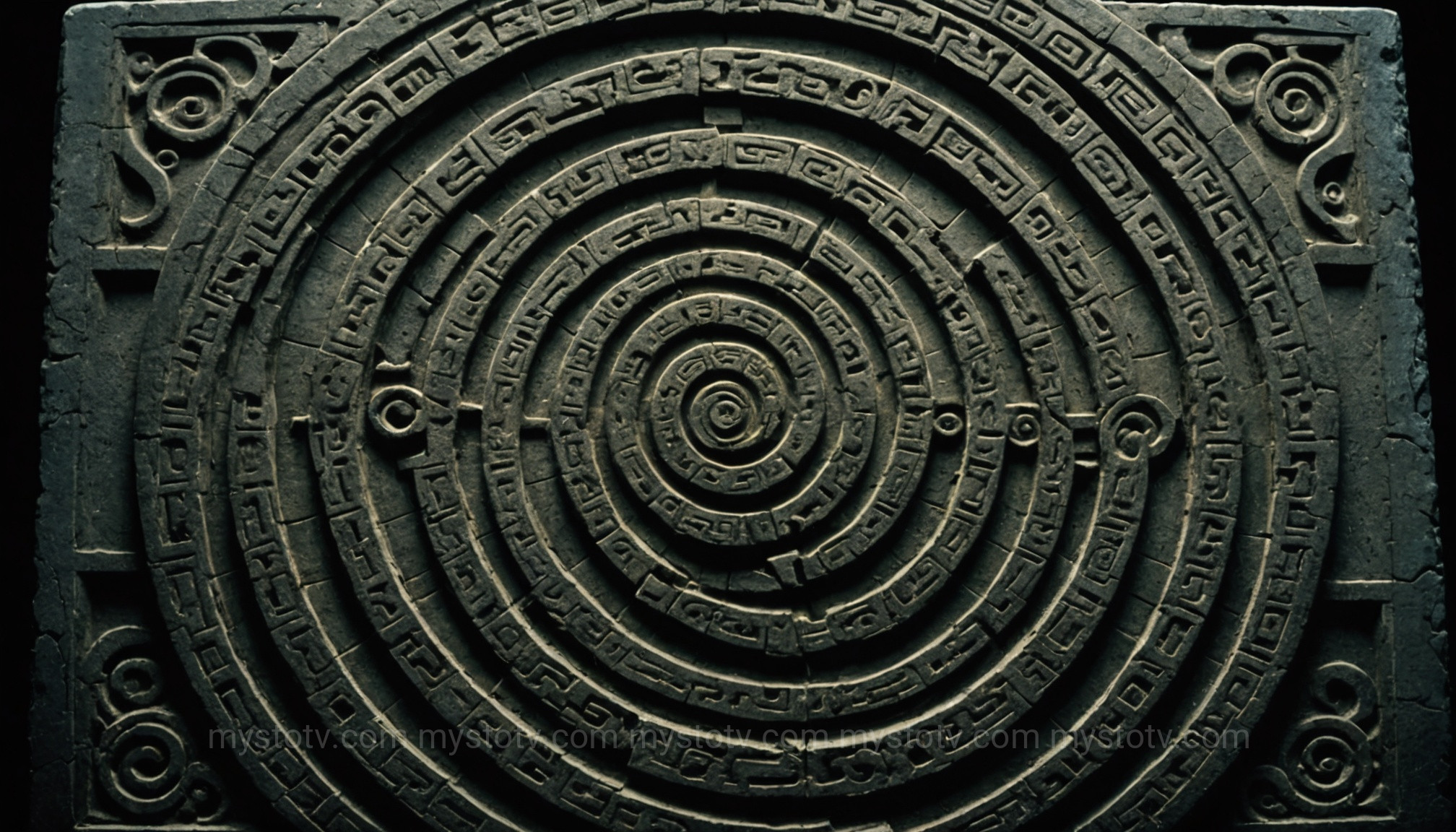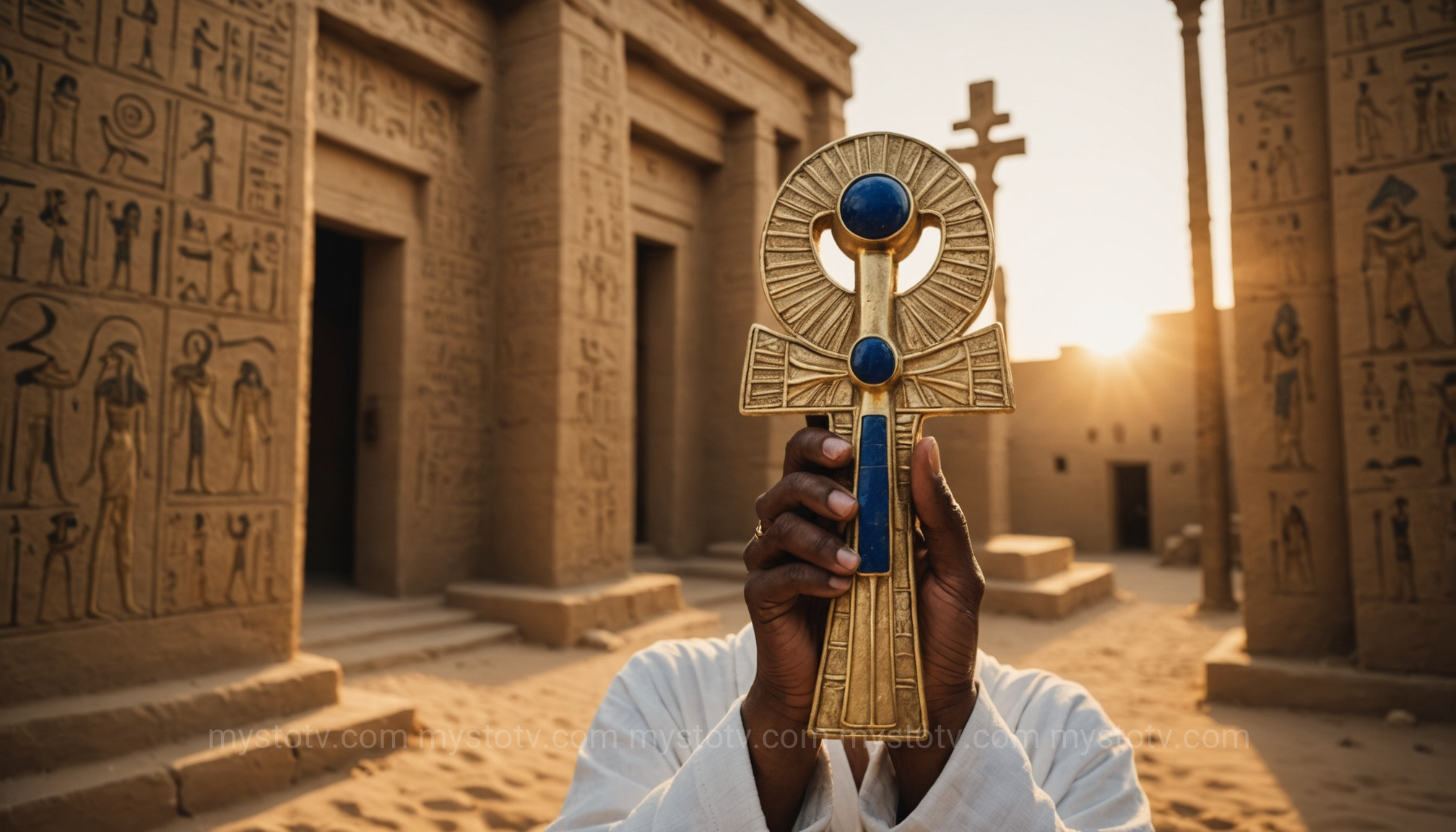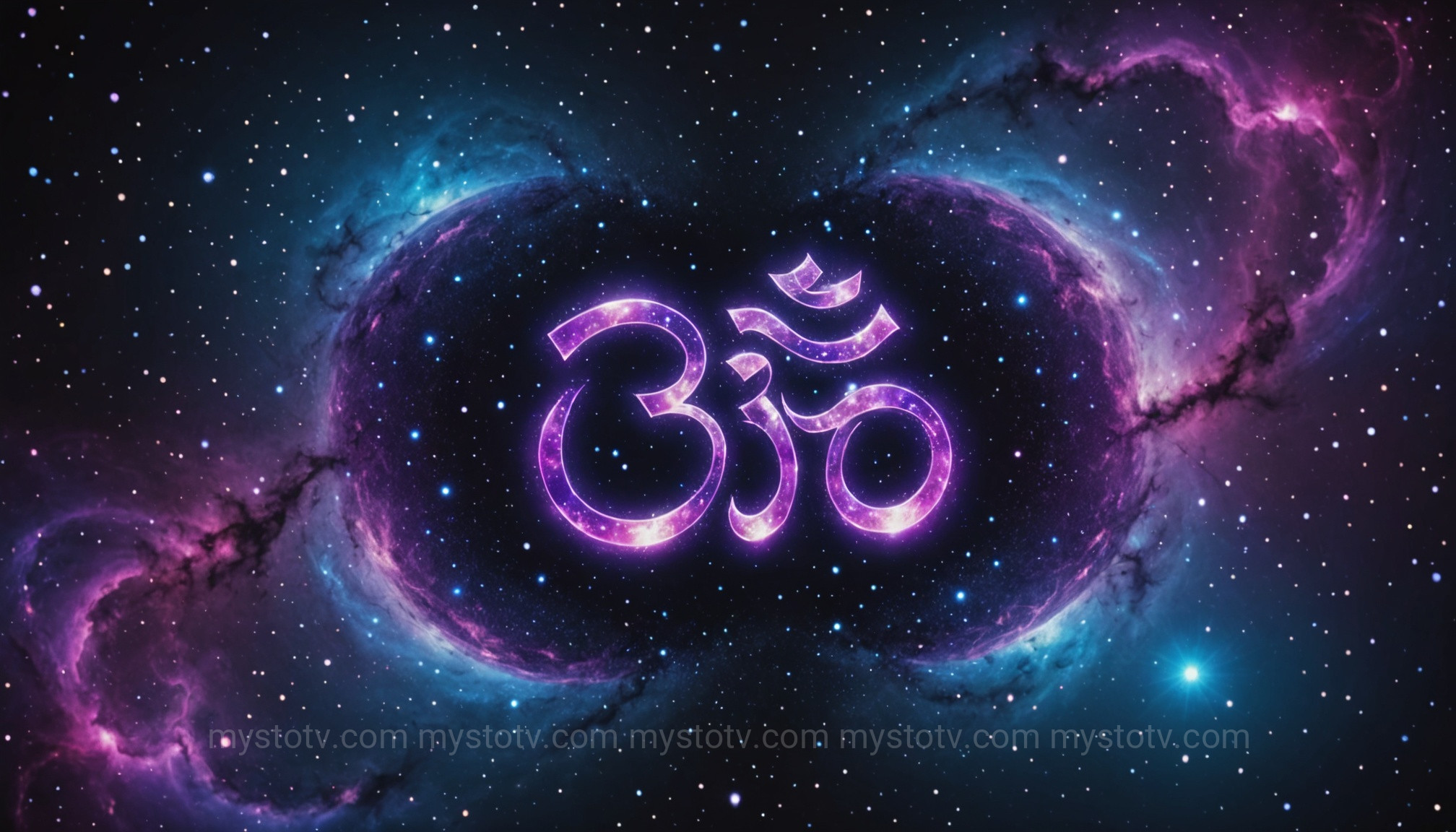Contents
The Enduring Power of Geometric Sacred Symbols

At the very foundation of symbology lie geometric shapes. Their power stems from their universality; a circle, a spiral, or a triangle holds an intrinsic resonance that transcends specific cultures or languages. The analysis of these geometric forms suggests they are fundamental building blocks of how we perceive reality. They appear in nature—from the spiral of a galaxy to the hexagonal structure of a honeycomb—and are mirrored in our own consciousness. This inherent connection makes geometric forms some of the most ancient and enduring sacred symbols, representing concepts like infinity, unity, and the underlying order of the universe.
The Circle: A Sacred Symbol of Unity and Eternity
The circle, with no beginning and no end, is perhaps the most primordial of all sacred symbols. It universally represents wholeness, eternity, and the divine. In many traditions, it symbolizes the cyclical nature of life, death, and rebirth. A prominent example is the Ouroboros, the ancient symbol of a serpent eating its own tail, signifying infinity and the eternal cycle of renewal. Similarly, the Zen Buddhist Ensō is a hand-drawn circle that represents a moment when the mind is free to let the body create, symbolizing enlightenment, strength, and the universe itself. The power of this sacred symbol lies in its simple perfection, a visual container for the concept of the absolute.
The Spiral: A Sacred Symbol of Evolution and Journey
The spiral is another profound geometric sacred symbol found etched into megalithic tombs and ancient artifacts worldwide. Unlike the static perfection of the circle, the spiral represents a dynamic journey. It symbolizes evolution, growth, and the unfolding of life from a central source. It can represent the path inward towards the self or outward towards the cosmos. Ancient Celtic art is rich with spiral motifs, believed to represent the cosmic dance of life and the changing seasons. The analysis of its form reveals a path of progression and change, making it a powerful sacred symbol for personal and spiritual development.
Nature's Influence on Enduring Sacred Symbols
Long before a single word was written, humanity looked to the natural world for answers and inspiration. The sun, the moon, majestic trees, and delicate flowers became the first sacred symbols, each imbued with divine attributes. This form of symbolism is rooted in direct observation and a deep reverence for the forces of nature that governed survival and existence. The analysis here points to a fundamental human need to find meaning in our environment and to see the divine reflected in the world around us. These natural sacred symbols connect us to our most primal spiritual roots.
The Tree of Life: A Sacred Symbol of Universal Connection
![]()
The Tree of Life is one of the most widespread sacred symbols, appearing in mythologies from the Middle East to Mesoamerica. It represents the interconnection of all life on our planet and serves as a map of the cosmos. In Norse mythology, the great ash tree Yggdrasil connects the Nine Worlds. In Kabbalistic tradition, it is a central diagram of the 10 Sephirot, representing the path to God. This sacred symbol powerfully illustrates the concept that heaven, the earth, and the underworld are intrinsically linked. It reminds us that all life springs from the same source and is connected by unseen roots and branches.
The Lotus Flower: A Sacred Symbol of Purity and Enlightenment
In Eastern traditions, particularly Hinduism and Buddhism, the lotus flower is a preeminent sacred symbol of purity, enlightenment, and rebirth. Its journey is a powerful metaphor for the human spiritual path. The lotus grows from the dark, murky mud at the bottom of a pond, pushes its way up through the water, and blooms into a pristine, beautiful flower on the surface, untouched by the dirt from which it came. This symbolizes the journey of the soul from the mud of materialism and attachment to the radiant sunlight of enlightenment. The analysis of this symbol reveals a deep optimism about human potential for transformation.
Unpacking the Sacred Symbols of Major World Religions
As societies developed organized religions, specific sacred symbols were adopted and codified to represent the core tenets of their faith. These symbols often evolved from more ancient, universal forms but were given new, specific layers of meaning. They became powerful identifiers of faith communities, encapsulating complex theological concepts into a single, recognizable emblem. The analysis of these religious symbols shows how they function not only as spiritual tools but also as markers of cultural and historical identity, sometimes uniting and sometimes dividing populations.
The Cross: A Sacred Symbol of Sacrifice and Redemption
While now inextricably linked with Christianity, the cross is an ancient symbol with pre-Christian roots. The equal-armed cross, for instance, often represented the four elements or the four cardinal directions. However, with the rise of Christianity, the Latin cross became one of the most recognized sacred symbols in the world. It was transformed into a profound emblem of Jesus Christ's sacrifice and resurrection, representing themes of redemption, unconditional love, and the promise of eternal life. Its meaning is a testament to how a simple geometric shape can be imbued with immense historical and emotional weight. Learn more about other geometric emblems.
The Ankh: An Ancient Egyptian Sacred Symbol for Life

Long before the Christian Cross, the Egyptian Ankh was a dominant sacred symbol in the Nile Valley. Often called the "key of life," this looped cross represented the concept of eternal life and was a symbol of the gods' life-giving power. The loop at the top is thought to represent the feminine principle or the womb, while the T-shaped cross below represents the masculine principle. Together, they form a powerful symbol of creation and sustenance. The Ankh is a quintessential example of a sacred symbol that encapsulates a complete cosmology—life, death, and immortality—in one elegant form.
The Philosophical Depths of Eastern Sacred Symbols
In many Eastern philosophies, sacred symbols are less about historical events or specific deities and more about representing profound philosophical concepts and states of consciousness. These symbols are often used as tools for meditation and contemplation, designed to help the practitioner grasp abstract truths about the nature of reality, the mind, and the universe. The analysis of these symbols reveals a focus on balance, interiority, and the underlying unity of existence. They are not just emblems to be believed in, but concepts to be experienced.
The Om (Aum): The Primordial Sound as a Sacred Symbol

The Om, or Aum, is a sacred sound and spiritual icon in Hinduism, Buddhism, and Jainism. It is considered the primordial sound of the universe, the vibration from which all creation emerged. The visual representation of this sacred symbol is rich with meaning. The different curves represent various states of consciousness: the waking state, the dream state, and the deep sleep state. The dot above represents the absolute state of consciousness (Turiya), and the crescent represents the veil of illusion (Maya) that separates it from the other states. To chant or meditate on Om is to connect with the universal vibration, making it one of the most deeply philosophical sacred symbols.
The Yin-Yang: A Sacred Symbol of Cosmic Balance
The Taijitu, more commonly known as the Yin-Yang, is a fundamental sacred symbol in Taoist philosophy. It beautifully illustrates the concept of dualism and the harmony of opposites. It shows that seemingly contrary forces—such as light and dark, male and female, order and chaos—are interconnected and interdependent. The black section (Yin) contains a white dot, and the white section (Yang) contains a black dot, signifying that within each force lies the seed of the other. The symbol is not about a struggle between good and evil, but about the necessary balance and dynamic interplay of all facets of life, making it a timeless sacred symbol for harmony and wholeness.
Conclusion: The Timeless Language of Sacred Symbols
The journey through the world of sacred symbols is a journey into the heart of human consciousness itself. From the simple circle to the complex Tree of Life, these emblems demonstrate a shared human impulse to give form to the formless and to understand our place in the cosmos. They are not relics of a forgotten past but are a living, breathing language that continues to inform our art, spirituality, and culture. By studying the origins and meanings of these powerful sacred symbols, we gain a deeper appreciation for the diverse ways humanity has sought to express the inexpressible and connect with the divine, a quest that remains as relevant today as it was thousands of years ago.